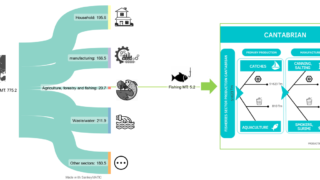
Traditional understanding of heat transport, involving phonons, is not applicable to strong heat insulators
Energy • Materials • Nanotechnology • Physics
Researchers have made significant progress in understanding the fundamental microscopic mechanisms that can be used to customize materials for heat insulation. This breakthrough represents a significant step forward in the continuous endeavour to understand heat transport, improve energy efficiency and promote sustainability. Heat transport plays a vital role in numerous scientific and industrial fields, including […]








